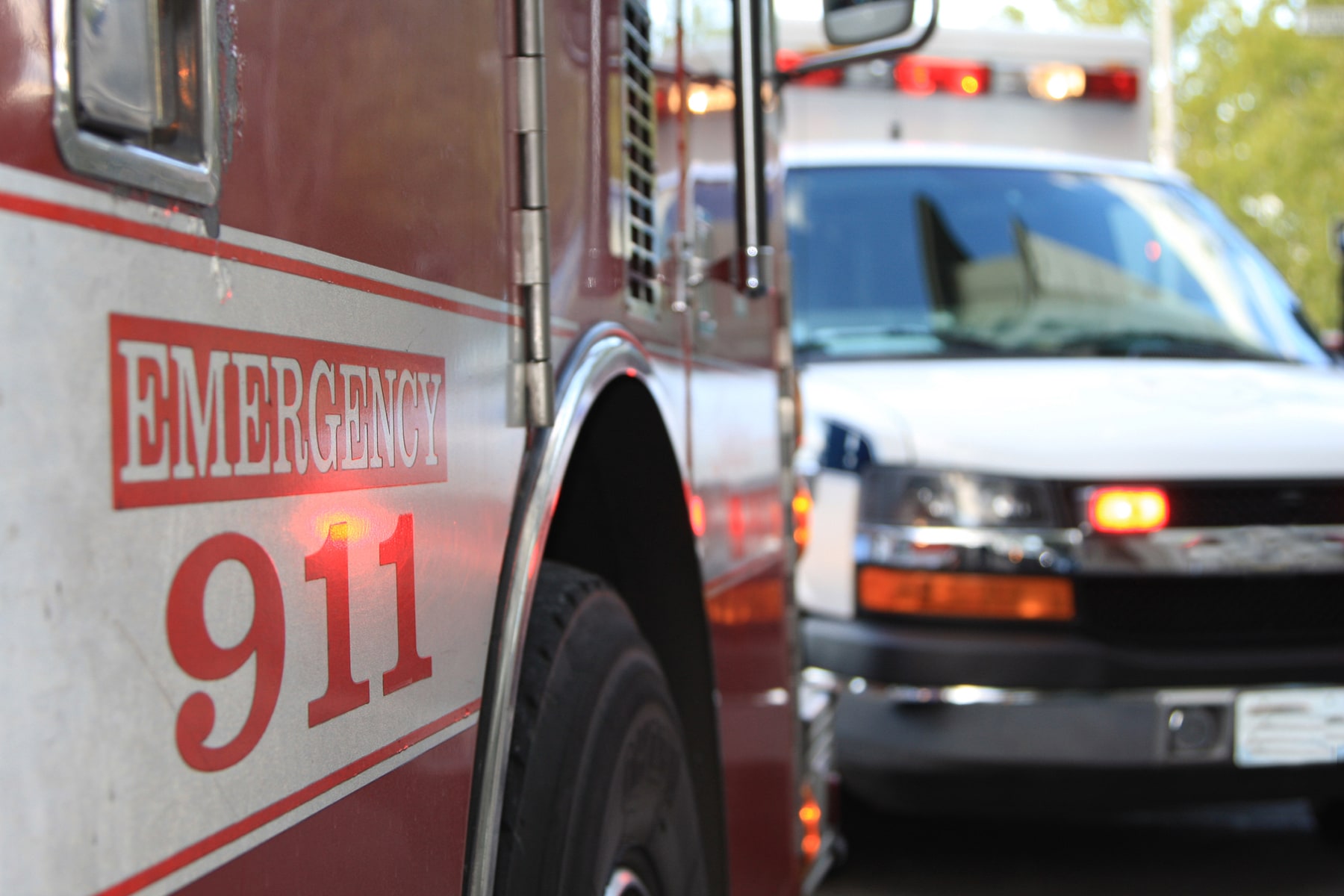Why You Need an Emergency Fund (and How to Set It Up)

When things are going well, it’s easy to forget that emergencies and hard times can happen. And it’s even easier to put off preparing for them. That may be one reason that so few people have money saved for emergencies. Just 40% of Americans have enough set aside to cover a $1,000 emergency
expense.
It can be hard to motivate yourself to save money for something you don’t expect (or want). But being prepared for an emergency is one of the smartest things you can do for yourself and your family, and the peace of mind it will give you is priceless.
WHY YOU NEED AN EMERGENCY FUND
Without an emergency money fund, you will have to find other ways to pay for emergency expenses. That could include overdrawing your checking account or maxing out your credit cards, which could result in fees and finance charges and could hurt your credit.
Some people resort to pulling money out of their 401(k) or IRA, but withdrawing your retirement savings early can result in a significant penalty and leaves you with less money for your retirement.
Given all of this, it’s no wonder that setting up an emergency fund is No. 1 on our list of 5 Tips for How to Handle Unexpected Expenses. No matter where you are in life, it’s important to prepare for common emergencies like these:
Illnesses and Injuries
Medical bills are a major source of financial stress. In fact, two-thirds of Americans who file for bankruptcy cite medical bills as a key reason.
With limited insurance coverage, even a single trip to the ER can have a serious impact on your finances. Hopefully you and your family will not face any serious health problems, but if you do, an emergency money fund will allow you to focus
on getting better, not your medical bills.
Extreme Weather
It’s hurricane season, which brings an increased risk of intense wind, rain, and hail that could cause costly home or car damage. Even if homeowners insurance covers much of those costs, you’ll still need money
to pay your deductible, which averages $500 to $1,000.
Job Loss
It’s not pleasant to think about, but losing a job is a very common experience. An emergency fund that can support you during the weeks or months you spend looking for a new job can make this situation far less stressful. This
is one reason that experts recommend saving three to six months’ worth of living expenses in an emergency fund.
Home and Car Repairs
These are among the most common emergency expenses we face. Whether you need a new furnace, refrigerator, or transmission for your car, expenses like these often can’t wait – and may involve spending hundreds
or even thousands in one shot.
SETTING UP AN EMERGENCY FUND
We get it. Setting up an emergency fund can seem like a challenge when you have so many other expenses to think about. But it’s easier than you think. Take these steps now and you’ll be well on your way:
- Open a Savings Account
A savings account is one of the most important financial tools you’ll ever have. Look for an account that will earn competitive dividends and can be accessed quickly in an emergency (some accounts, like certificates and CDs, are designed for long-term savings, not easy access).
You may already have a savings account that you are using to save for a vacation, holiday gifts, or the down payment on a home. Open a new savings account that will be used for your emergency fund only. This helps make sure you don’t touch your emergency savings unless absolutely necessary. - Set Up Automatic Payments
When you’re busy, you’ll likely forget to set money aside. To avoid relying on your memory, set up automatic payments from your checking account to your savings account. It’s OK to start small – a starter emergency fund is much better than no emergency fund at all! If your budget is tight and $20 a month is all you can spare right now, then set up an automatic payment of $20.
Use our emergency savings calculator to see how regular savings account contributions can help you reach your emergency savings goal. - Follow a Budget
Sticking to a budget will help you build your emergency savings faster and get back to saving for other goals. Use an online budgeting tool like My Money Manager, available through our online banking and mobile app, to see where your money is going and find ways to cut unnecessary expenses. Every few months, take another look at your budget and revisit how much you are saving each month. Could you afford to save $5, $10, or $20 more? If so, adjust your automatic payment amount.
OPEN (ONLY) IN CASE OF EMERGENCY
It can be tempting to dip into your emergency savings to cover everyday expenses, especially once your emergency fund has accumulated a substantial amount of money. If you feel tempted to take money out of it, remember why you started this fund in the first place. If an emergency happens, you will be thankful for every last dollar you put – and kept – there.
STAY PREPARED WITH THE RIGHT ACCOUNT
Your emergency fund is important. You should grow it with a financial partner that’s dedicated to your financial health. As a not-for-profit credit union, American Heritage exists to help our members save money and strengthen their finances. Open your American Heritage savings account today and start building your emergency fund. You won’t regret it.

